Are you looking for ways to maximise the efficiency of your EV charger? Solar energy is an increasingly popular and cost-effective solution for many electric vehicle owners.
With the right solar setup, you can take advantage of renewable energy sources to power your EV charger and reduce your monthly energy costs.
In this guide, we'll explain the basics of how to optimise EV charging with solar energy. From understanding the different types of solar systems to knowing the best practices for battery maintenance, this guide will provide you with the tools and information necessary to maximise the efficiency of your EV charger.
Read more: QLD EV Subsidy Upgrade
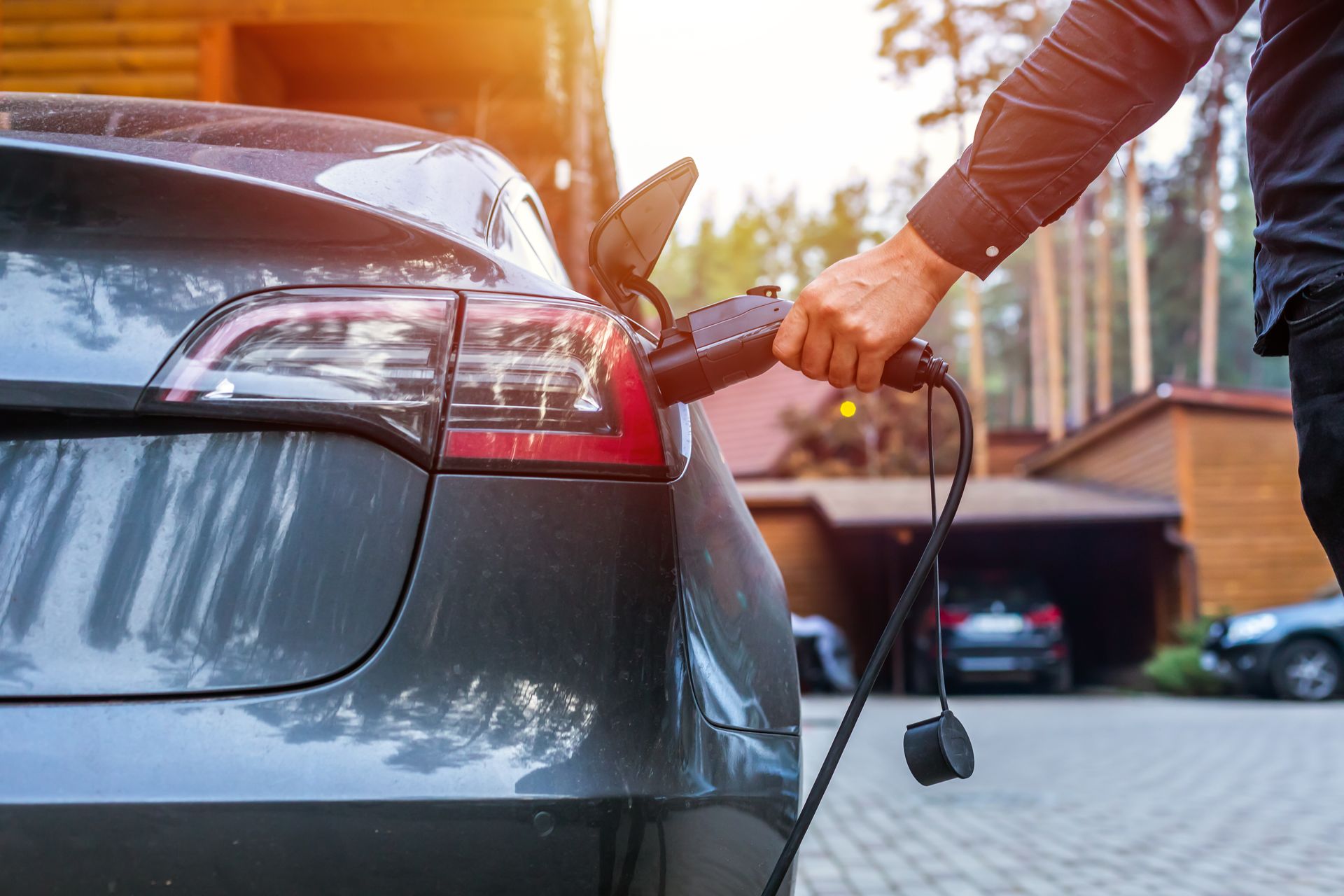
Contents
- Understanding the basics of solar energy and EV charging
- How to choose the right EV charger for solar charging
- Sizing your solar system for EV charging
- Best practices for optimising your solar panels for EV charging
- Smart chargers and tips for managing energy use during peak times
- Ways to store excess solar energy for later use
- Strategies for saving money with solar-powered EV charging
Understanding the basics of solar energy and EV charging
As an energy-conscious homeowner, understanding the basics of solar energy and electric vehicle (EV) charging is essential. Solar energy is a renewable and cost-effective solution for powering your EV charger, reducing your monthly energy costs.
Read more: Solar Bill Savings - How Much Will You Save On Your Power Bill With Solar?
First, let's delve into solar energy. Solar panels, made up of photovoltaic cells, harness the power of the sun to generate electricity. This electricity can be used to power various appliances, including your EV charger. By utilising solar energy, you can significantly reduce your reliance on grid electricity and decrease your electricity bill.

When it comes to EV charging, there are different types of chargers available, but the most common is a type 2 charger. This charger provides a fast and efficient way to charge your electric vehicle. Additionally, smart charging technology allows you to schedule charging times when solar production is at its peak or when the price per kilowatt is at its lowest, maximising the use of your energy and reducing costs.
To optimise your solar energy usage, it's important to size your solar system correctly. Factors such as your EV charging needs, available roof space, and local climate conditions must be considered. By sizing your system appropriately, you can ensure that it generates enough electricity to power your EV charger and your overall energy consumption requirements.
Read more: Pros and Cons of Solar Energy in 2024
How to choose the right EV charger for solar charging
Choosing the right EV charger for solar charging is crucial to maximising the efficiency of your solar energy system. There are a few key factors to consider when making this decision.
First, you'll want to choose a charger that is compatible with your electric vehicle, solar inverter, or third-party apps. Most EVs are compatible with a type 2 charger. However, not all type 2 chargers are compatible with solar inverters or third-party apps. For example, Charge HQ is a third-party app that will only control specific brands of equipment.
Read more: Faster EV charging: 22kW AC vs 25kW DC chargers explained
Likewise, some solar inverter brands manufacture EV chargers that are built to only interact with their brand-specific ecosystem - these are called smart chargers, which aim to maximise the benefits of your complete system.
Some of our favourite smart charger systems include SolarEdge and Fronius.
We highly recommend looking for a charger that allows for smart charging, which means it can be programmed to charge your vehicle only from excess solar. This will maximise your solar self-consumption and minimise the amount of grid electricity used.
In addition to compatibility, you'll also want to consider the power output of the charger. Higher power chargers will allow for faster charging times, which can be beneficial if you have limited sunlight or need a quick charge. However, keep in mind that high-power chargers may also require a larger solar system if you wish to remain independent of the grid during the day.
Read more: Single-Phase VS Three-Phase Solar Systems: What's The Difference?
Finally, consider whether you want a charger with the ability to integrate with a solar battery. A solar battery can store excess solar energy for later use, allowing you to charge your vehicle even when the sun isn't shining. This can provide additional flexibility and reduce reliance on grid electricity.
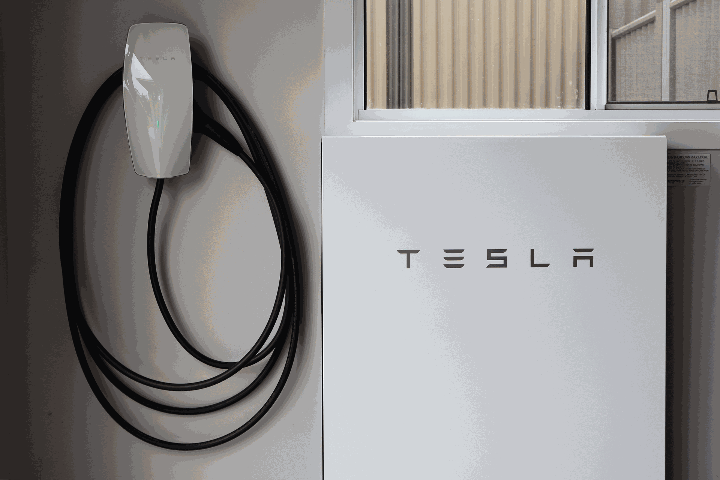
By considering these factors and choosing the right EV charger for solar charging, you can optimise the efficiency of your solar energy system and enjoy the benefits of renewable energy to power your electric vehicle.
Read more: AC vs DC Batteries
Sizing your solar system for EV charging
When it comes to sizing your solar system for EV charging, it's essential to take into account your specific needs and requirements. The goal is to ensure that your solar system generates enough electricity to power your EV charger and meet your overall home or business's energy consumption demands.
Consider your EV charging needs. How often do you use your electric vehicle, and how much energy does it require for a full charge? This information will help determine the size of your solar system. If you have a high-demand EV and require fast charging, you may need a larger solar system to accommodate the increased energy usage.
Example
Average Joe drives 50km every day to and from work. A typical EV (such as a Tesla) uses an average of .13kWh/km. Ensure that your solar system can cover this load depending on how far you drive through the day.
You can find out online how many kWh/km your vehicle is estimated to use, and then you can research how quickly certain EV chargers will charge your vehicle. If you have a Tesla, they have this handy charging speed table here.
Second, evaluate the available roof space for installing solar panels. The size and layout of your roof will dictate the number of panels you can install and, subsequently, the amount of electricity your solar system can generate. Additionally, consider any shading or obstructions that could affect solar panel efficiency.
Read more: Feed-In Tariffs vs Solar System Sizing
Finally, take into account your local climate conditions. Some areas receive more sunlight throughout the year, while others may have more overcast or rainy weather. Understanding your local weather patterns will help determine the optimal size of your solar system for maximum solar self-consumption.

By carefully considering these factors and working with a professional solar installer (like us!), you can ensure that your solar system is sized correctly for EV charging. This will enable you to take full advantage of solar energy, reduce your reliance on grid electricity, and enjoy fast and efficient charging for your electric vehicle.
If in doubt, install as many panels on your roof as possible within your budget. In our 22 years of solar installations, we have never once had someone say to us "We've installed too many panels!", but we do get plenty of phone calls from those who say "I wish I had installed more". Always oversize from the get-go - retrofitting is very expensive, so always get as many as you can upfront.
Best practices for optimising your solar panels for EV charging
We preach the following guidelines to our customers to help them ensure they making the most of their solar energy and maximising the efficiency of their EV charger.
- Dust, dirt, and debris can accumulate on the surface of your panels, reducing their efficiency. By maintaining them periodically, you can ensure that they are operating at their highest capacity and producing as much electricity as possible.
- Consider the placement of your solar panels. Positioning them in an area that receives maximum sunlight throughout the day will help optimise their performance. Avoid shading from nearby trees or buildings that could block sunlight and decrease your solar energy production. Or, if you can't avoid shading, invest in microinverters.
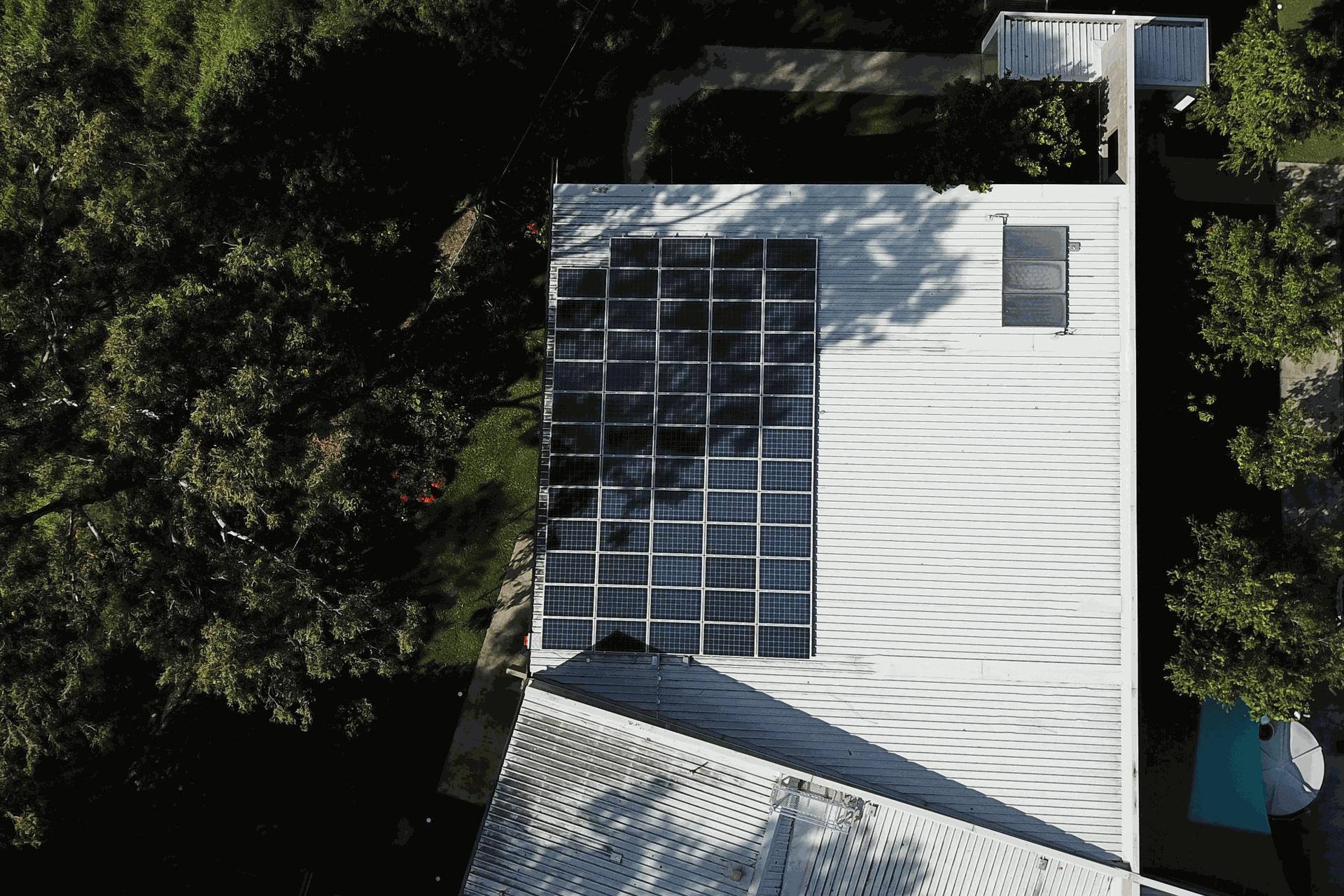
- Keep an eye on your solar panel output and performance. Monitoring systems can provide valuable data on the efficiency and production of your panels. By regularly reviewing these insights, you can identify any issues or decreases in performance and address them promptly.
- Consider investing in solar panel optimisation technologies such as microinverters or power optimisers. These devices can maximise the output of each panel, improving overall system efficiency and performance. Read more: Choosing The Right Inverter - String Inverters vs Microinverters
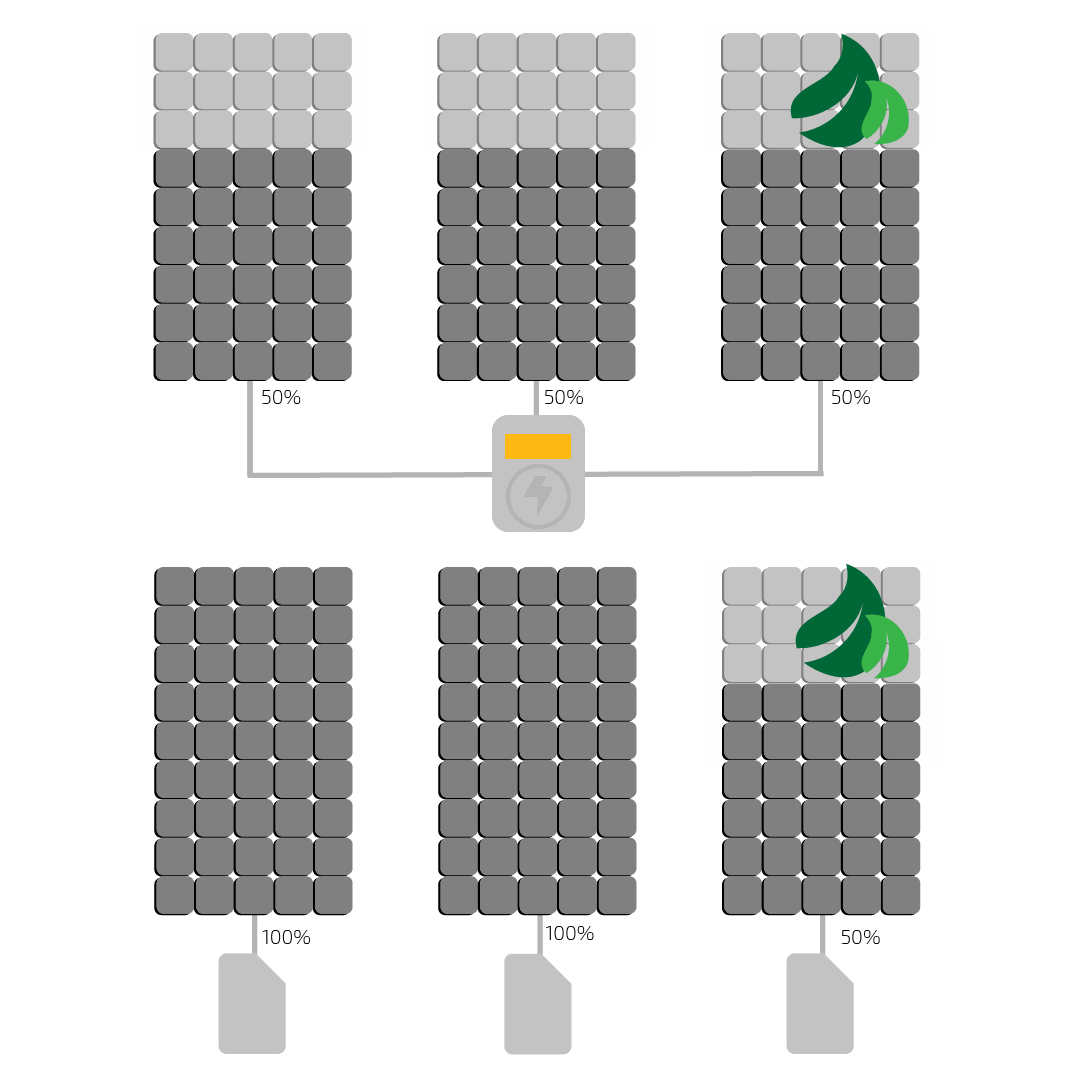 How shading or external factors affect string inverters (top) compared to microinverters (bottom).
How shading or external factors affect string inverters (top) compared to microinverters (bottom). - Be mindful of your energy consumption habits. By making small changes, such as using energy-efficient appliances and being mindful of when you use high-energy devices, you can reduce your overall energy consumption and make the most of your solar energy production.
By implementing these best practices, you can optimise your solar panels for EV charging and ensure that you are getting the most out of your solar energy system.
Smart chargers and tips for managing energy use during peak times
During peak times, it's important to manage your energy use efficiently to maximise the benefits of your solar-powered EV charging system. Here are some helpful tips to guide you:
- Take advantage of smart charging features: Smart EV chargers allow you to use excess solar production at any time of the day, avoiding usage from the grid. Smarter ones can even anticipate when you need a charging boost before a big journey (a scheduled departure), and they will charge your EV using all available energy sources, meaning your EV will be 100% charged for the trip.
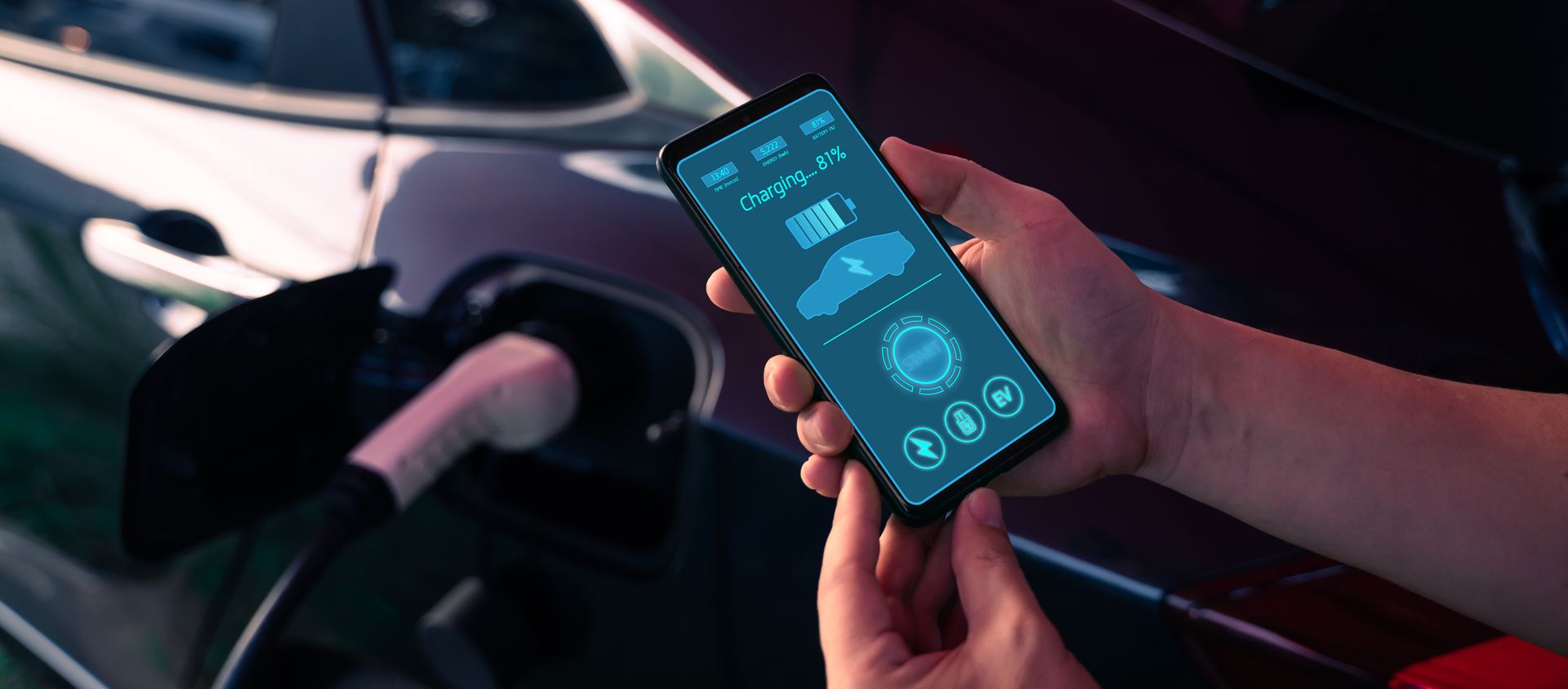
- Shift energy-intensive activities to off-peak hours: Consider adjusting your daily routine to take advantage of off-peak energy hours. For example, if your utility company offers time-of-use rates, plan to do energy-intensive activities such as running the dishwasher or doing laundry during times when energy rates are lower.
- Optimise your energy consumption: Be mindful of your energy use during peak times (typically 4pm-9pm). Turn off unnecessary lights and appliances and avoid using high-energy devices simultaneously. By making small adjustments to your energy consumption habits, you can make the most of your solar energy production and reduce overall energy costs. Read more: How To Improve Your Solar Self-Consumption With Load-Shifting
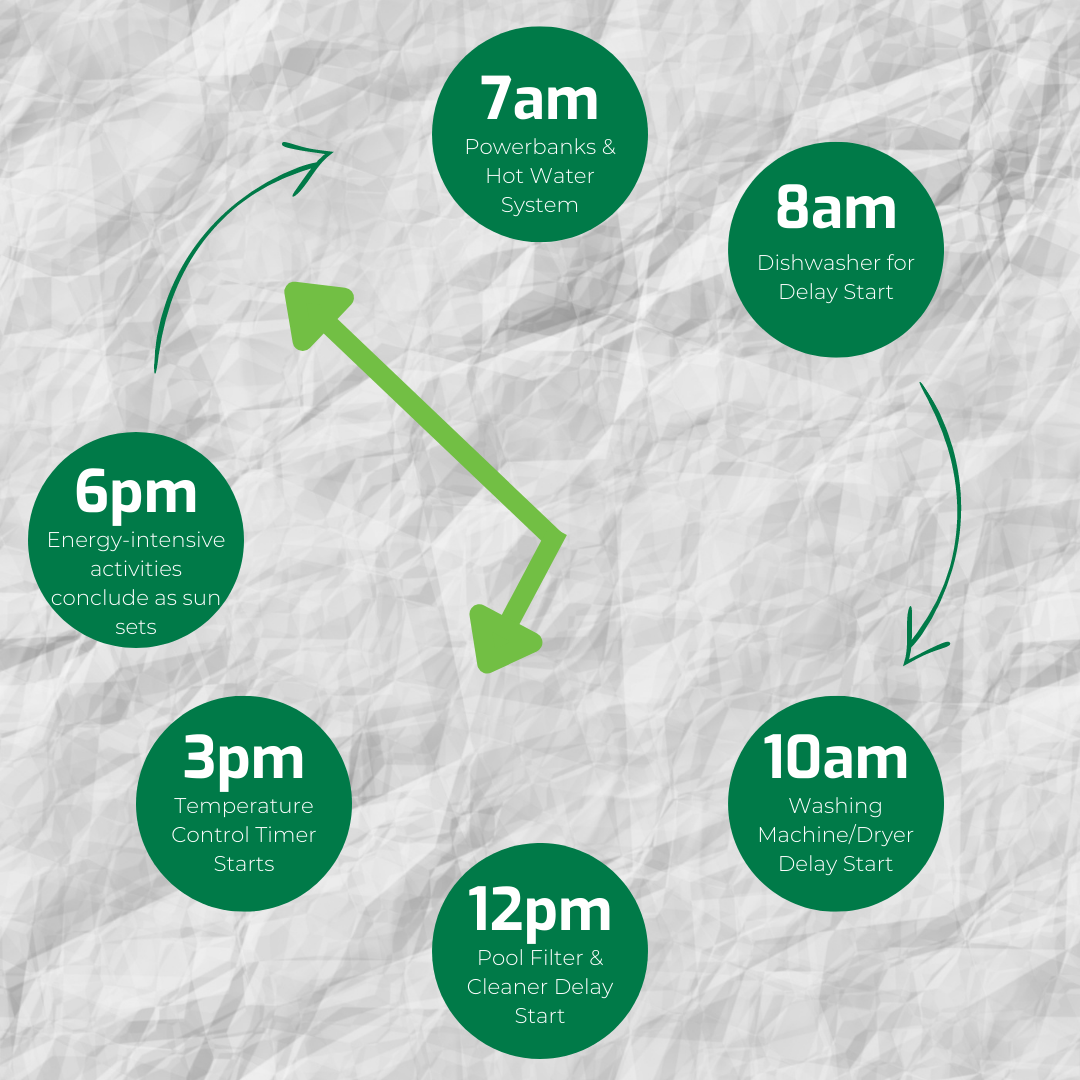
- Monitor your energy usage: Utilise energy monitoring tools and apps to keep track of your energy consumption. These tools provide real-time data on how much energy your EV charger and other devices are using. By monitoring your usage, you can identify opportunities for energy-saving improvements and adjust your habits accordingly.
Follow these tips to effectively manage your energy use during peak times, optimise your solar-powered EV charging, and ultimately save money.
Ways to store excess solar energy for later use
Once you've generated solar energy for your EV charger, you may find yourself with excess electricity that isn't immediately needed. Don't let that valuable energy go to waste! There are several ways to store excess solar energy for later use, here are our favourites:
- Invest in a solar battery system. Batteries store excess solar energy and release it when your EV charger needs power, even at night or on cloudy days. Solar batteries provide a reliable backup source of energy, allowing you to charge your electric vehicle even when the sun isn't shining. With a solar battery system, you can maximise your solar energy usage and reduce your reliance on grid electricity.
- Use your excess solar energy for your hot water system. Just like EV chargers, there are smart hot water devices that will control this load and only use excess energy to heat your water. We recommend the SolarEdge Immersion Control, Green Catch Power, and Fronius Ohmpilot.
Read more: 5 Ways To Maximise Your Solar Energy Consumption
If you're considering storing excess solar energy, you must consult with a professional solar installer who can guide you through the process and help you choose the right storage solution for your needs.
By effectively storing and utilising solar energy, you can further reduce your energy costs and maximise the efficiency of your solar-powered EV charging.
Read more: Store Your Excess Solar Energy With a Solar Battery
Strategies for saving money with solar-powered EV charging
We think we can all agree that saving money is at the top of everyone's priority list right now. Luckily, when it comes to EV charging, there are several strategies you can implement to maximise your solar energy and your savings.
One effective strategy is taking advantage of time-of-use (TOU) rates/scheduled tariffs offered by your utility company. There are new offerings from some retailers that will allow EV charging overnight at a really fantastic rate from the network. This, in combination with charging your EV from solar, is a great money-saving strategy.
By shifting your EV charging and other energy-intensive activities to off-peak hours (on the peak meter/T11 in QLD), when rates are lower, you can significantly reduce your monthly energy costs. Plan your charging schedule and energy consumption habits accordingly to make the most of these cost-saving opportunities.
We are referring to off-peak hours separately from off-peak metering in this article - off-peak metered EV charging doesn't allow you to use your solar during the day, which is a big no-no!
Another way to save money is by participating in utility incentive programs. Many utility companies offer rebates, tax credits, or other incentives for installing solar panels or adopting clean energy practices. Research and take advantage of these programs to further offset the cost of your solar-powered EV charging system.
Additionally, consider exploring energy management tools and apps that can help you track and optimise your energy usage. These tools provide valuable insights into your energy consumption patterns and can identify areas where you can make energy-saving adjustments.
Springers Solar | Queensland's Most Experienced Solar and EV Charger Installer
Springers Solar provides quality components with proven performance, backed by industry-leading warranties, and dedicated after-sales support. Thousands of satisfied customers over more than 21 years of operation make Springers Solar one of the most established and experienced solar companies in Australia.
Springers Solar has received multiple awards for design and installation and is a certified/preferred installer for a large range of solar panel, inverter, and solar battery manufacturers, including Tesla, REC, and SolarEdge.
Our dedicated in-house team of electrical engineers, project managers, solar PV designers, solar installers and electricians work closely with you before, during, and long after your project is completed. Springers Solar offers an industry-leading 10-year workmanship warranty which is a testament to our qualified staff and offers you outstanding value and peace of mind.
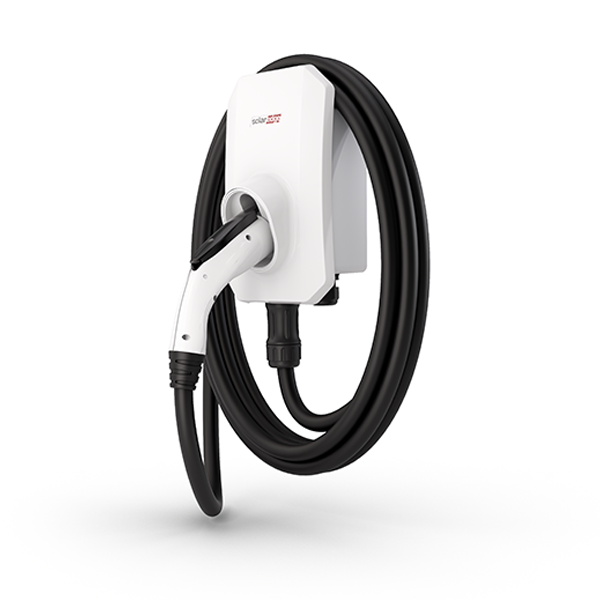
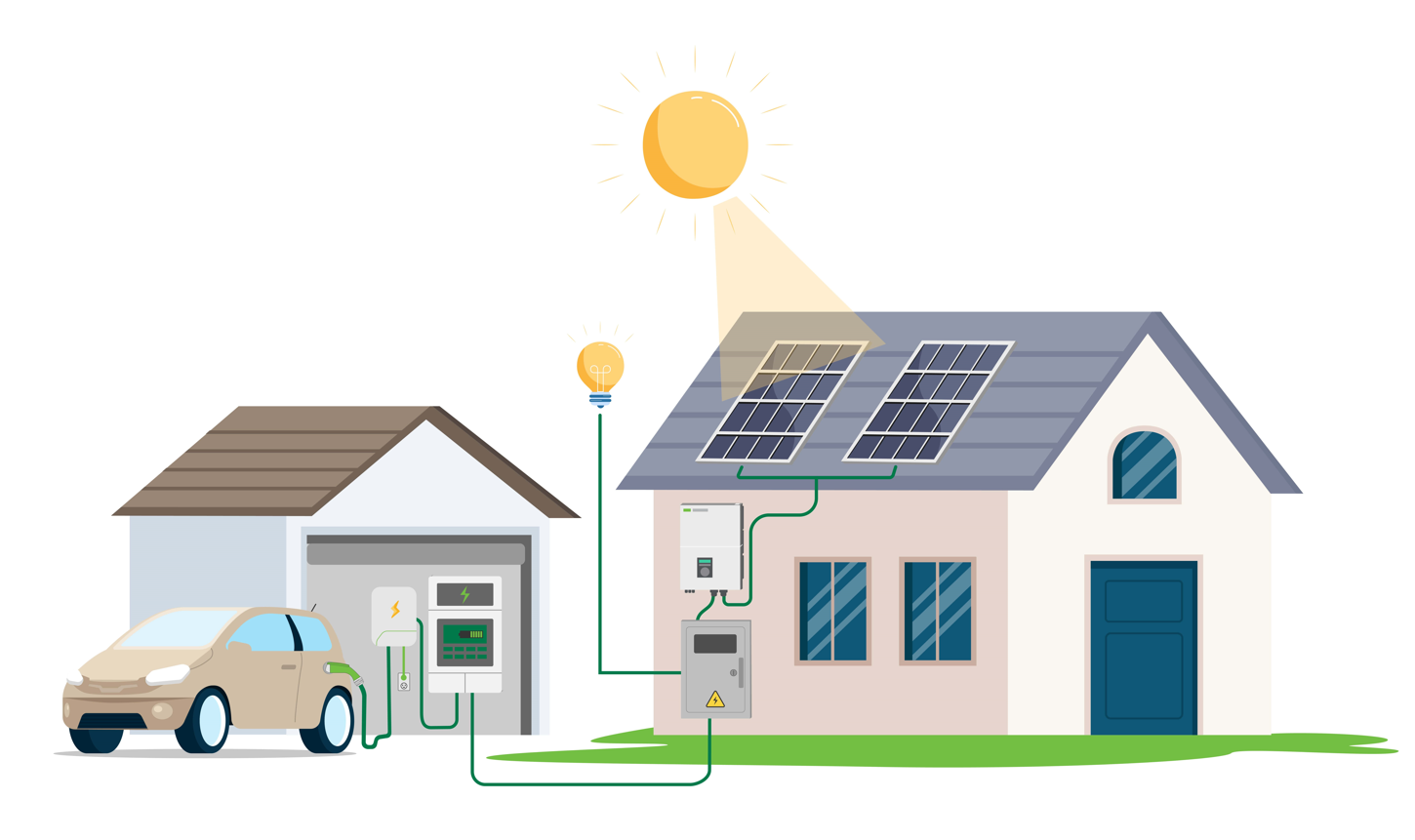
A Guide To Charging Your EV With Solar Energy